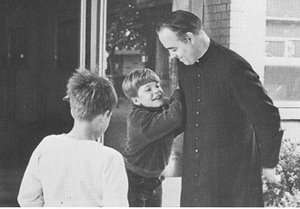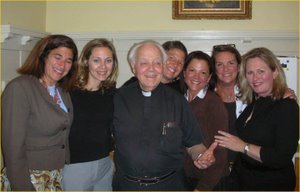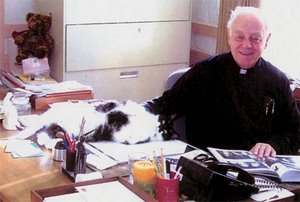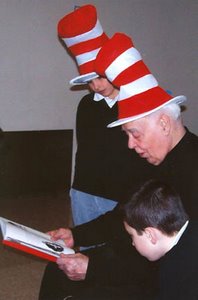In a new undercover, investigative video, a staffer at an abortion clinic in Bronx, New York is shown on film telling a customer to flush the body of a baby born alive following a failed abortion down the toilet.
The video shows how the kinds of gruesome late-term and live-birth abortions done at abortion practitioner Kermit Gosnell‘s “House of Horrors” abortion clinic are not limited to his abortion facility alone.
The pro-life group Live Action today released an undercover video of an abortion counselor at a clinic describing, in gruesome details, what is done with a baby that survives an abortion attempt. This is the first in a series of videos Live Action will release videos, found at www.liveaction.org/inhuman, that will show a number of late-term abortion clinics engaging in illegal and inhuman practices, as well as explaining in explicit detail what happens to the victims of late-term abortion.
“Dr. Kermit Gosnell is not an aberration, ” said Lila Rose, Founder and President of Live Action. “The gruesome and brutal practices exposed in Gosnell’s ‘House of Horrors’ are business as usual for the abortion industry in America. Nationwide, it’s just another day at the office.”
The second expose took place in Washington DC:
Abortion Doctor: I Would Leave Babies to Die Born Alive After Abortion
In a second undercover video Live Action has released in two days, another abortion clinic staffer acknowledge leaving babies to die following failed abortions. The videos show there are other abortion clinics, abortion practitioners and staff who, like Kermit Gosnell, would leave babies to die after failed abortions....The video is the second in a series of undercover videos, found at www.liveaction.org/inhuman, involving a number of late-term abortion clinics engaging in illegal and inhuman practices, as well as explaining in graphic terms what happens to the victims of late-term abortion.
“Hopefully we’ll get this pregnancy out intact, but it doesn’t always happen that way,” Washington, D.C. abortion doctor Cesare Santangelo tells an undercover Live Action investigator who is 24 weeks pregnant. “I try and sever the umbilical cord first, and we wait for that to stop pulsing, and this way the fetus is expired first.”
When asked by the undercover investigator what would happen if the baby were to survive the abortion, Doctor Santangelo responds:
“Technically – you know, legally we would be obligated to help it, you know, to survive. But, you know, it probably wouldn’t. It’s all in how vigorously you do things to help a fetus survive at this point. Let’s say you went into labor, the membranes ruptured, and you delivered before we got to the termination part of the procedure here, you know? Then we would do things – we would – we would not help it. We wouldn’t intubate. It would be, you know, uh, a person, a terminal person in the hospital, let’s say, that had cancer, you know? You wouldn’t do any extra procedures to help that person survive. Like ‘do not resuscitate’ orders. We would do the same things here.”
“Hopefully we’ll get this pregnancy out intact, but it doesn’t always happen that way,” Washington, D.C. abortion doctor Cesare Santangelo tells an undercover Live Action investigator who is 24 weeks pregnant. “I try and sever the umbilical cord first, and we wait for that to stop pulsing, and this way the fetus is expired first.”
When asked by the undercover investigator what would happen if the baby were to survive the abortion, Doctor Santangelo responds:
“Technically – you know, legally we would be obligated to help it, you know, to survive. But, you know, it probably wouldn’t. It’s all in how vigorously you do things to help a fetus survive at this point. Let’s say you went into labor, the membranes ruptured, and you delivered before we got to the termination part of the procedure here, you know? Then we would do things – we would – we would not help it. We wouldn’t intubate. It would be, you know, uh, a person, a terminal person in the hospital, let’s say, that had cancer, you know? You wouldn’t do any extra procedures to help that person survive. Like ‘do not resuscitate’ orders. We would do the same things here.”
One difference of course being that the Doctor and mother are the ones who caused the terminal condition.















No comments:
Post a Comment